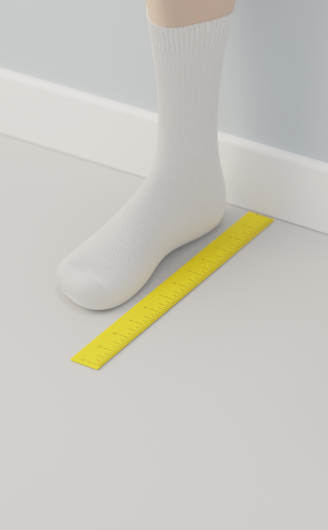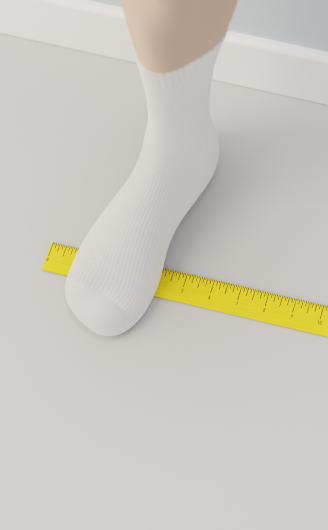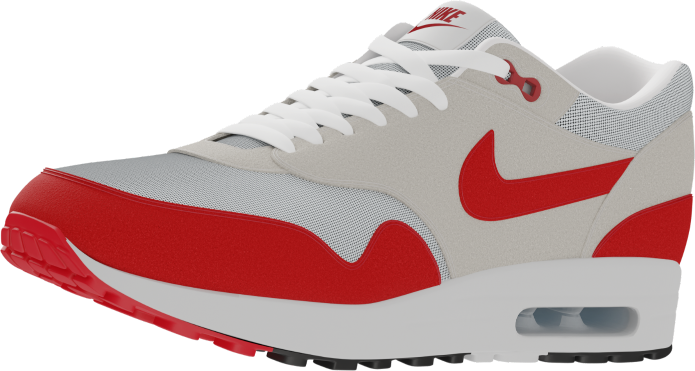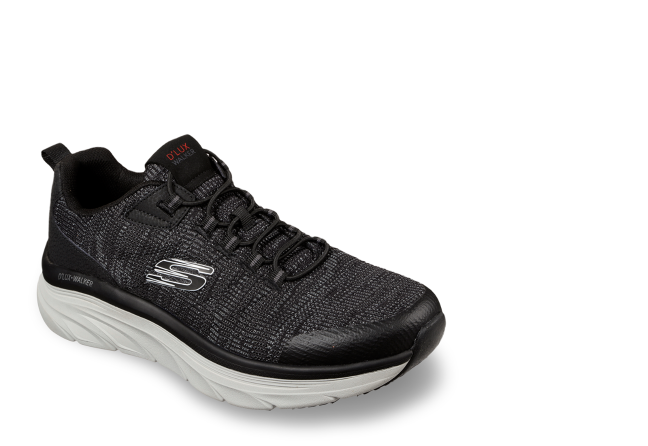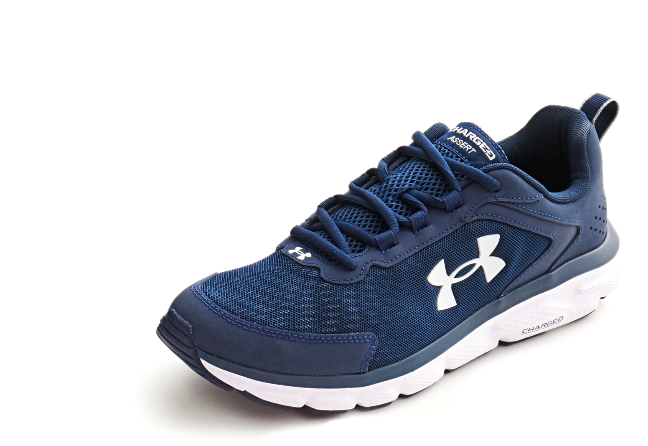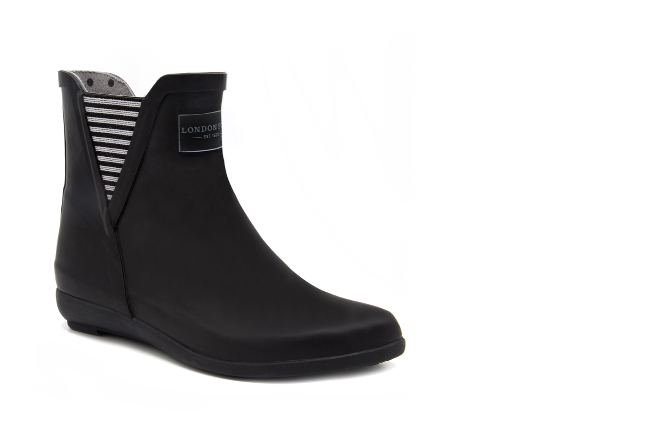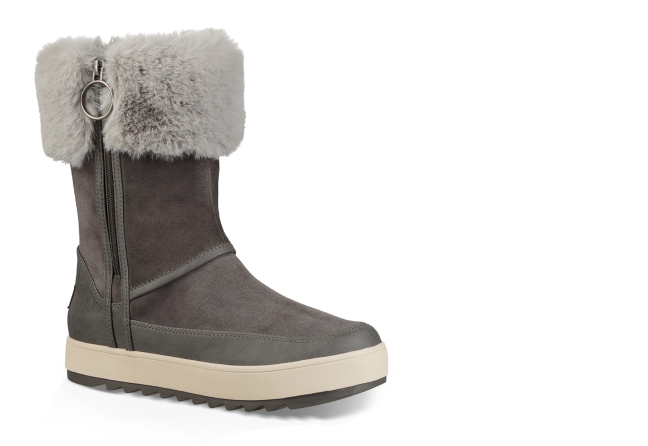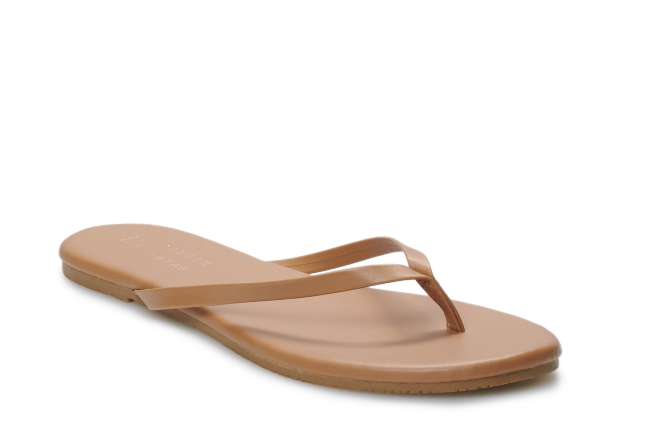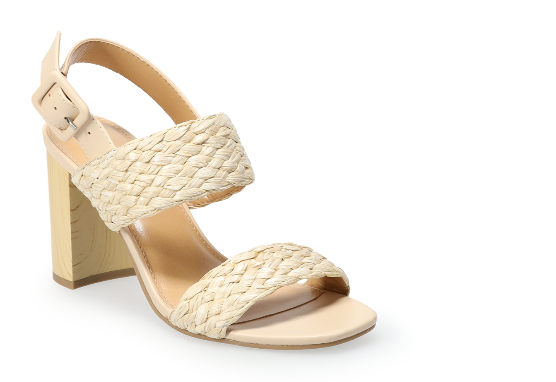Find your fit
The Shoe Guide
Buying shoes in the right size is important for ensuring a comfortable fit. If you want to know which size, width or type of shoe is right for you or for a kid, this is the place.
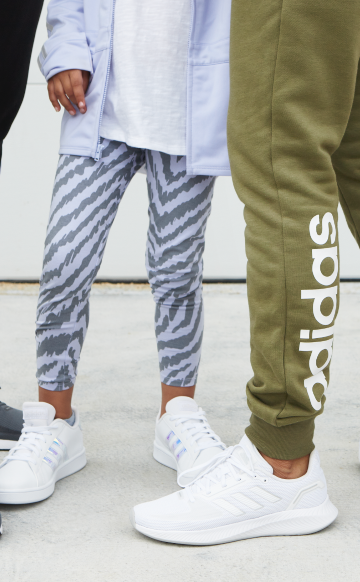
The Shoe Guide
Find Your Fit
Adult Shoe Sizing
Measuring
your foot
When buying new shoes, you need to take both your foot length and width into account. Always measure your foot flat on the floor, never in a shoe.
Sizing may vary by brand. Review sizing chart on the product page.
Choosing the
right width
Choosing the right shoe width is important to your foot health and comfort. Different shoe widths provide varying space and fit options. For example, wide-width shoes have a wider sole and a deeper toe cap than a standard fit.
| Width | Women | Men | Kids |
|---|---|---|---|
| Narrow | N, 2A | N, 2B | ─ |
| Standard | M, B | M, D | M |
| Wide | W, D | W, 2E | W |
| Extra-wide | XW, 2E | XW, 4E | XW |
| Extra-extra-wide | XXW, 4E | XXW, 6E | ─ |
| Wide calf | WC | ─ | ─ |
| Extra-wide calf | XWC | ─ | ─ |
| Wide width, wide calf | W WC | ─ | ─ |
| Wide width, extra-wide calf | W XWC | ─ | ─ |
| Width | Sizes |
|---|---|
| Narrow | |
| Women | N, 2A |
| Men | N, 2B |
| Kids | ─ |
| Standard | |
| Women | M, B |
| Men | M, D |
| Kids | M |
| Wide | |
| Women | W, D |
| Men | W, 2E |
| Kids | W |
| Extra-wide | |
| Women | XW, 2E |
| Men | XW, 4E |
| Kids | XW |
| Extra-extra-wide | |
| Women | XXW, 4E |
| Men | XXW, 6E |
| Kids | ─ |
| Wide calf | |
| Women | WC |
| Men | ─ |
| Kids | ─ |
| Extra-wide calf | |
| Women | XWC |
| Men | ─ |
| Kids | ─ |
| Wide width, wide calf | |
| Women | W WC |
| Men | ─ |
| Kids | ─ |
| Wide width, extra-wide calf | |
| Women | W XWC |
| Men | ─ |
| Kids | ─ |
Shoe anatomy &
measurements
Knowing the parts of a shoe and how to measure them can make a huge difference when shopping for the right fit. Check out the shoe details and measurements before you buy and use this guide to help you.
How your shoes
should fit
Once you have an idea of your size, it's important to know how a shoe should fit. Your best fit can vary depending on the type or style of shoe you're buying, and this may impact the final size you choose.
-
Walking shoes
need extra room in the toes. Aim for a thumb's width between your longest toe and the front of your shoe. Shoes that are too snug will restrict the muscles in your foot.
-
Running shoes
should have a snug fit throughout the foot, with some room in the toes. There should be about a half to a full thumb's width of space at the front of your shoe.
-
Rain boots
sit higher on the leg, so the opening of the calf must be large enough for your legs to slip in comfortably. If your heel slams down when you walk, your boots may be too large.
-
Winter boots
should fit thicker socks without rubbing against your heel or pinching your toes. It may be helpful to try a slightly wider fit or larger size.
-
Flip-flops
need to support your entire foot, with room between the edges of your foot and the edge of the sole of the sandal. If your toes or foot hang over the sole, try a larger size or width.
-
Heeled sandals
should fit comfortably with room at the front and back of the foot, but not slip off when you walk. Try different strap styles for more fit and comfort options.
Kids’ Shoe Sizing
Measuring
kids’ feet
Baby and toddler feet can grow half a size (or more!) every few months. Measure their feet every 2 months to avoid buying shoes that may be the wrong size.
Download Our PDF Guide
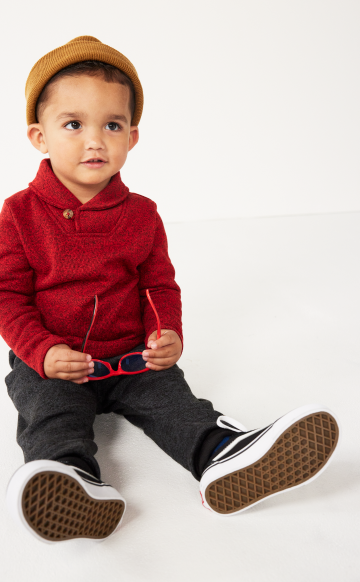
Signs a kid’s
shoes are the
wrong size
Kids can behave differently when they are wearing shoes that are too small or too big. Here are some tell-tale signs that a child may be wearing the wrong size shoe.
Signs shoes are too small
- Their shoes cause blisters or press deeply into the skin.
- Their toes are cramped against the front of the shoe. There should be enough space to press the tip of your thumb down without hitting a toe.
- They appear less active or don't want to play outside as often. They simply may not want to put on uncomfortable shoes they've outgrown.
- They say that their feet hurt. If a child complains of knee, hip, back or joint pain, this may be a sign of poor-fitting shoes.
SIGNS SHOES ARE TOO BIG
- Their heel lifts out of the shoe when they walk.
- They trip or twist their ankles often.
- Their walk is affected.
- They drag their feet.
- They get blisters.
Ages & stages
Most kids’ shoe sizes align with age or size. Growth rates vary from child to child, so measure and check their feet often.
Baby
0-2 years
-
01
● -
02
● -
03
● -
04
Toddler
2-5 years
-
5T
● -
6T
● -
7T
-
8T
● -
9T
● -
10T
Little Kids
5-8 years
-
11
● -
12
● -
13
-
1
● -
2
● -
3
Big Kids
8-12 years
-
4
● -
5
● -
6
● -
7
─ Kids’ Shoe Size Chart ─
